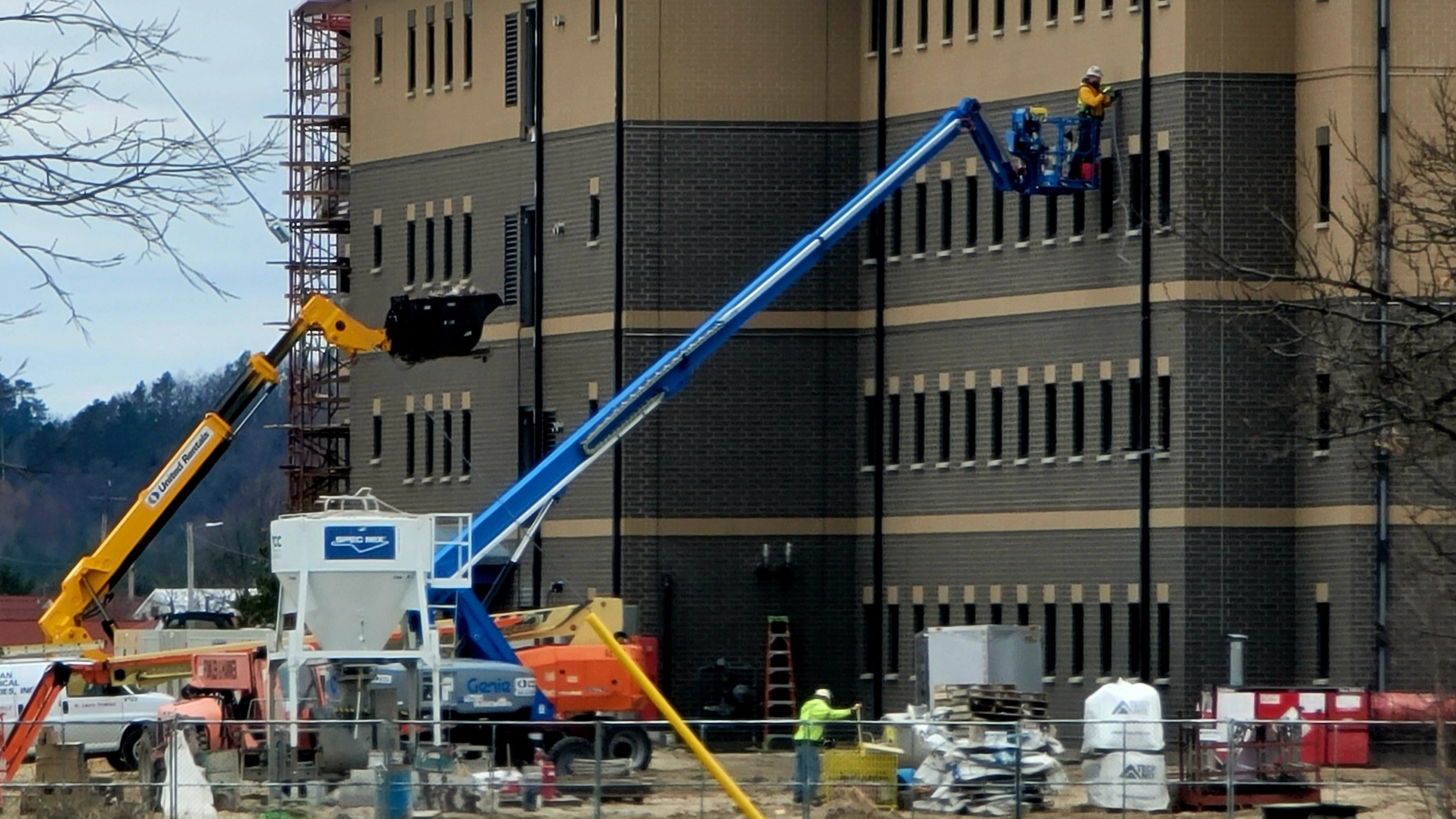Installation Modernization, Sustainability Making Strides
Installation Modernization, Sustainability Making Strides

The Army is prioritizing modernization and sustainability across its installations, said the service’s acting deputy assistant secretary for energy and sustainability.
“The Army’s mission is to win the nation’s wars and support the joint force,” Christine Ploschke said during a May 22 Defense News webcast. “As we look at our installations today and into the future, we have to contemplate how are we designing, operating [and] supporting our installations to be able to accomplish [that]?”
The service’s fiscal 2025 budget request includes $3.9 billion for military construction, which covers 45 projects, and $7 billion to sustain, restore and modernize facilities, according to written testimony to Congress from Rachel Jacobson, assistant Army secretary for installations, energy and environment.
As the nation experiences a rapidly changing “dynamic information age,” there has been an “exponential transformation of what people need and expect,” including in their homes and on installations,” Ploschke added. One of the Army’s installation modernization challenges is “keeping pace with understanding … expectations and requirements,” she said.
“There are a lot of needs in our existing facility inventory. It's been publicly acknowledged in congressional testimony that the Army has a significant backlog,” she said. “Part of the modernization challenge is figuring out at what point in time … we [demolish or transform a building] in a resource-informed way that also ensures that we're continuously meeting the mission.”
As part of its modernization efforts, the Army has “embrace[d] the mantra of resilience” across installations and has made “huge strides” when it comes to sustainability, Ploschke said.
“The nation's demands for energy and communication have transformed so significantly in the last 10, 20 years,” she said. “We've been very successful the last few years at starting to get after significant [sustainability] projects, [including] bringing power generation onto our bases, improving and hardening the capabilities of our electric distribution system [and] making sure that we have power where we need it when we need it.”
The Army has also forged ahead with partnerships, including one at Joint Forces Training Base-Los Alamitos, California, between an energy company, the Army’s Office of Energy Initiatives and the California National Guard.
Through the partnership, a 30-megawatt solar array was built “at no cost to the Army,” and its power will go to the Army if the grid goes down in California, Ploschke said.
Throughout the modernization process, the Army will continue to balance its priorities.
“The Army is a very diligent steward of the nation's resources that have been entrusted to us,” Ploschke said. “We work every day on our installations to be able to support the mission, to support the warfighter, to focus on our people and ensure that we're supporting the soldiers, the families and the civilians, and we also really strive to be an active part of the community.

